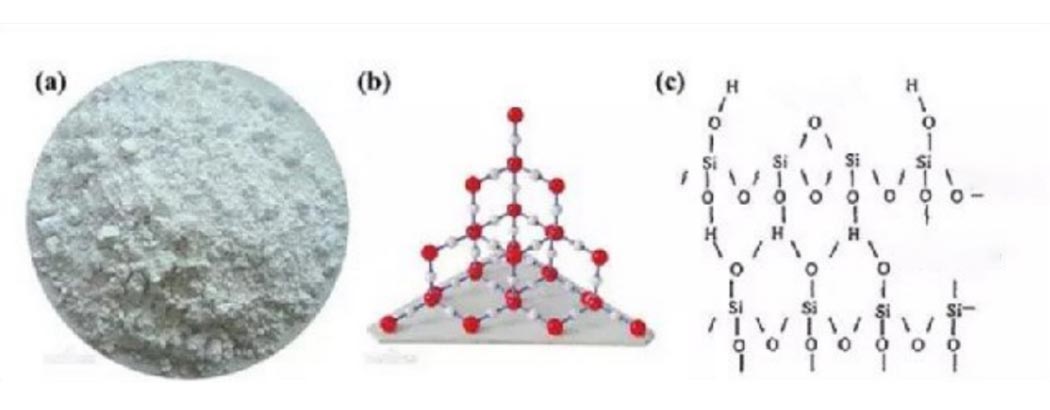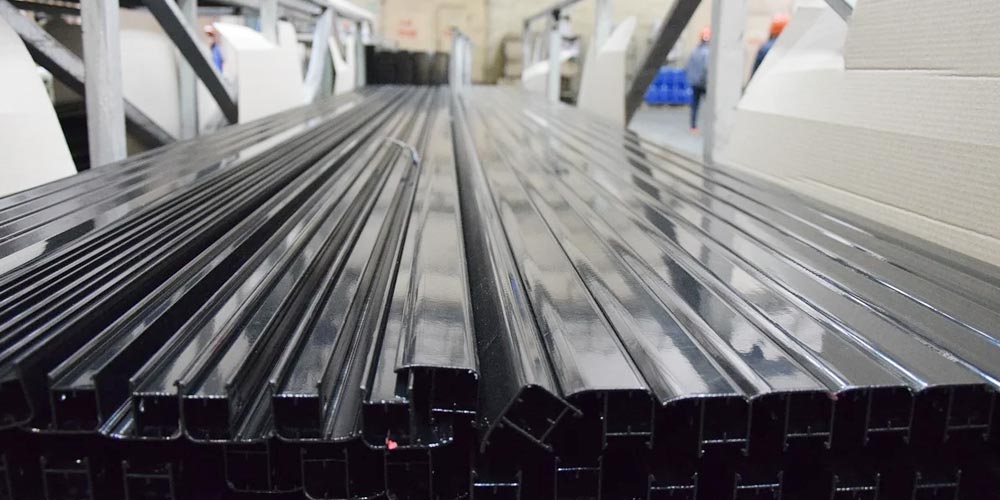Preparation method of spherical alumina
Spherical alumina is also called sand alumina, alpha alumina. In the crystal lattice of α-type alumina, oxygen ions are densely packed in hexagons, and AI3+ is symmetrically distributed in the octahedral coordination center surrounded by oxygen ions. The lattice energy is large, so the melting point and boiling point are high. It has the characteristics of corrosion resistance, wear resistance, high temperature resistance, high strength, good insulation, large surface area, high hardness, and oxidation resistance.
Spherical alumina preparation process
- Ball milling method (high energy ball milling)
Ball milling is the most common method for preparing ultrafine alumina powder. The ball mill itself is a horizontal cylinder with built-in steel ball grinding media, so that after the material enters the cylinder, the impact force generated by the collision with the steel ball achieves the effect of crushing. Adding a grinding aid during the ball milling process can improve the uniformity of powder particle size.

The factors affecting the preparation of ultra-fine alumina powder by high-energy ball milling are ball milling time and ball milling speed. The advantages are simple operation, low cost and high output. The disadvantage is that the particle size distribution of the product is not uniform, the minimum particle size is mechanically restricted, and it is difficult to obtain spherical particles.
- Polymer network sol-gel method
The advantage is that the prepared alumina powder has a small particle size. The disadvantage is that the sphericity is very poor.
- Alkoxide hydrolysis
The advantage is that the particle size of the prepared powder is small. The disadvantage is that the cost is too high and the sphericity is poor.
- Template method
The template method uses a spherical raw material as a reagent for controlling the morphology in the process. The product is usually hollow or has a core-shell structure.
The main process is to use polystyrene microspheres as a template, coating with carbonic acid functionalized alumina nanoparticles, and then washing with toluene to prepare hollow alumina spheres.
The advantage is a good way to prepare hollow spheres. The disadvantages are high requirements for the template agent, many steps in the preparation process, and difficult operation.
- Aerosol decomposition method
Aerosol decomposition usually takes aluminum alkoxides as raw materials, uses the properties of aluminum alkoxides to be easily hydrolyzed and high-temperature pyrolysis, and adopts the physical means of phase change to vaporize the aluminum alkoxides, and then contact with water vapor to hydrolyze and atomize. After high-temperature drying or direct high-temperature pyrolysis, the gas-liquid-solid or gas-solid phase transformation is realized, and finally spherical alumina powder is formed.
The advantages are that water decomposition can be carried out without adding alkali, the reaction conditions are mild, and the operation is simple. The disadvantage is the high cost.
- Drop ball
The drop ball method is to drop alumina sol into the oil layer (usually paraffin, mineral oil, etc.), and form spherical sol particles by the action of surface tension, and then the sol particles are gelled in the ammonia solution, and finally the gel particles A method of drying and sintering to form spherical alumina.
The advantage is that the emulsion technology is applied to the aging stage of the sol, and the oil phase is kept intact, eliminating the need for separation of powder and oily reagents. The disadvantage is that it is usually used to prepare spherical alumina with a larger particle size, which is mainly used for adsorbents or catalyst supports.
- Radio frequency induction plasma method
Irregularly shaped alumina particles are sprayed into the plasma torch by a carrier gas through a feeding gun, and are quickly heated and melted. The molten particles form highly spherical droplets under the action of surface tension, and in a very short time The inside solidifies quickly, forming spherical particles.
- Flame melting
The flame melting method is to directly spray irregularly shaped alumina powder into the flame, so that the alumina powder is melted into a ball in the flame.
The advantage is that the process is simple, the cost control is more advantageous than the plasma flame spray method, the spheroidized product has high thermal conductivity, good sphericity, and controllable particle size.
- Homogeneous precipitation
The precipitation process in the homogeneous precipitation method is the formation of crystal nuclei, then agglomeration and growth, and finally the process of precipitation from the solution, usually in a non-equilibrium state, but if the concentration of the precipitation agent in the homogeneous solution can be reduced, even slowly The formation of nuclei will uniformly generate a large number of tiny crystal nuclei, and the resulting fine precipitation particles will be uniformly dispersed in the entire solution, and will maintain a state of equilibrium for a long time. This method of obtaining precipitation It is called homogeneous precipitation method.
The advantages are simple process, low cost, high purity, mass production of equipment, simple manufacturing, and short process flow. The disadvantage is that the existing colloids are difficult to precipitate, wash and filter, the powder is easy to mix with precipitating agent, the powder components are not easy to separate during precipitation, the precipitate can be re-dissolved during the washing process, and the precipitating agent will also cause a large amount of complex ions .
- Emulsion method
In order to obtain spherical powder particles, people use the interfacial tension between the oil phase and the water phase to produce tiny spherical droplets, so that the formation and gelation of the sol particles are limited to the tiny droplets, and finally spherical precipitates are obtained. Particles.
The advantage is simple operation. The disadvantage is that the cost is too high and the sphericity is poor.
- Sol-emulsion-sol method
Takashi Ogihara et al. used aluminum alkoxide hydrolysis to prepare spherical alumina powder through a sol-gel process. The entire hydrolysis system is relatively complicated. Among them, the octanol dissolving aluminum alkoxide accounts for 50%, the ethanol solvent accounts for 40%, and the octanol butanol disperses water. Alcohol accounted for 9% and 1% respectively, and propyl cellulose was used as a dispersant to obtain spherical γ-alumina powder with very good sphericity.
The advantage is that no impurity ions are introduced during the process. The disadvantage is that the price of raw materials is high, the particle size of the obtained powder is small, and the distribution is narrow.
- Spray method
The essence of the spray method for preparing spherical alumina is to realize the phase transition in a relatively short time. The product is made spherical by the effect of surface tension. According to the characteristics of the phase transition, it can be divided into spray pyrolysis, spray drying and spray melting. Law.
The advantages are stable chemical composition, high purity, excellent performance, and mass production. The disadvantage is that it is only effective for soluble salts and has certain limitations.
Application of spherical alumina
- Ceramic material
Under the same process conditions, spherical alumina powder has advantages in shape, which can change the microstructure of the material, increase the strength and density of the ceramic, reduce the sintering temperature, and significantly improve the performance of the ceramic.

- Surface protection layer material
Spraying ultra-fine alumina powder on the surface of plastic, paint, glass, alloy and metal materials can improve the wear resistance, corrosion resistance, stability and surface strength of the material.

- Catalyst and catalyst carrier
Ultra-fine alumina has strong adsorption characteristics, has many surface active points, has high reaction activity and selectivity, and provides necessary conditions for catalytic reactions. The spherical alumina used directly as a catalyst can reduce abrasion and increase the service life of the catalyst, thereby reducing production costs.
- Chemical mechanical polishing abrasive
Chemical mechanical polishing has been widely used in integrated circuit chips, microelectronic mechanical systems, and computer hard drives. As a polishing material, spherical alumina can avoid slip marks. Spherical alumina powder has a high packing density, which can reduce the scattering of the luminous body, effectively reduce the loss of transmitted light, and thus can improve the brightness of the screen.
- Luminescent material
Spherical alumina powder has a high packing density, which can reduce the scattering of the luminous body, effectively reduce the loss of transmitted light, and thus can improve the brightness of the screen.
- Petrochemical industry
In the petrochemical industry, alumina is the most widely used carrier.
Article source: China Powder Network
